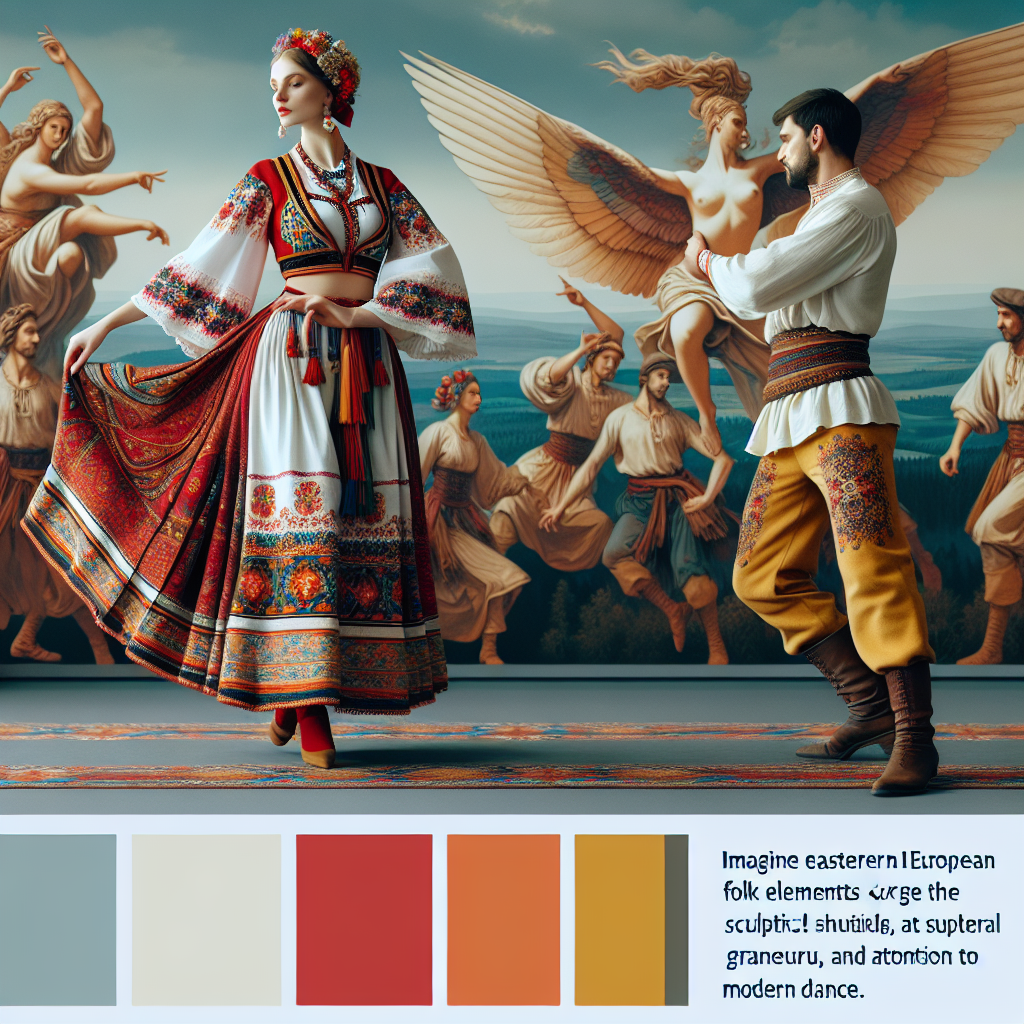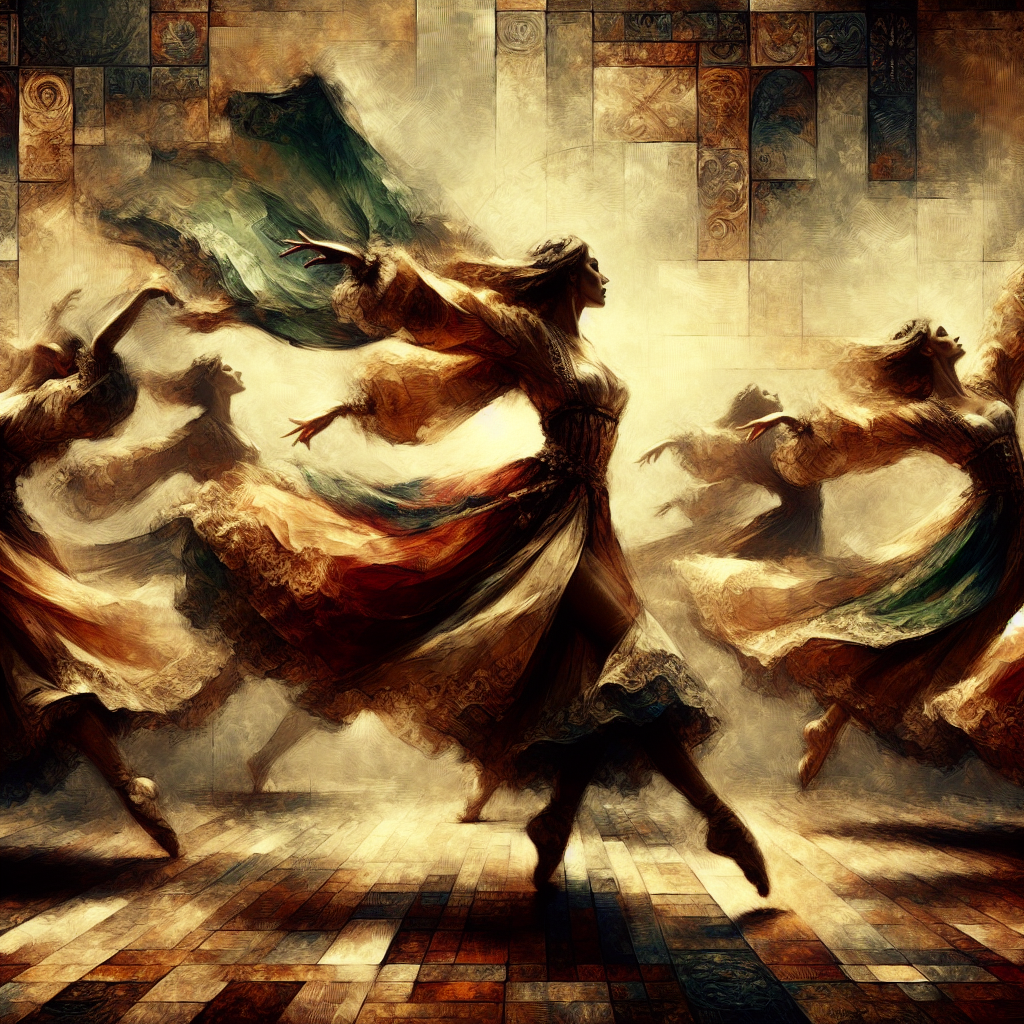-
Table of Contents
“`html
Balkan Beats: Eastern European Folk Meets Modern Dance

The fusion of Eastern European folk music with modern dance beats has created a vibrant and dynamic genre known as Balkan Beats. This genre is gaining popularity worldwide, offering a unique blend of traditional sounds and contemporary rhythms. In this article, we explore the origins, characteristics, and impact of Balkan Beats, providing valuable insights into this exciting musical phenomenon.
Top 5 Tips for Understanding Balkan Beats
- Explore the roots of Eastern European folk music to appreciate its influence on modern sounds.
- Listen to a variety of Balkan Beats artists to understand the diversity within the genre.
- Attend live performances to experience the energy and cultural richness of the music.
- Learn about the instruments commonly used in Balkan Beats, such as the accordion and clarinet.
- Follow the evolution of the genre to see how it continues to innovate and inspire.
Origins of Balkan Beats
Balkan Beats originated from the rich musical traditions of the Balkan Peninsula, a region known for its diverse cultural influences. The music of this area is characterized by complex rhythms, vibrant melodies, and a wide array of instruments. Traditional Balkan music often features the accordion, clarinet, and various string instruments, creating a sound that is both lively and soulful.
The Influence of Folk Music
Eastern European folk music has a long history of storytelling and cultural expression. It reflects the region’s complex history, with influences from Slavic, Ottoman, and Romani cultures. This rich tapestry of sounds and styles laid the foundation for the development of Balkan Beats, as artists began to experiment with blending traditional elements with modern electronic music.
Characteristics of Balkan Beats
Balkan Beats is characterized by its energetic and danceable rhythms, often incorporating elements of electronic dance music (EDM) and hip-hop. The genre is known for its ability to get people moving, with infectious beats and catchy melodies that draw listeners in.
Instrumentation and Sound
One of the defining features of Balkan Beats is its use of traditional instruments alongside modern production techniques. The accordion, clarinet, and brass instruments are commonly used, providing a distinctive sound that sets the genre apart from other forms of dance music. These instruments are often combined with electronic beats and synthesizers, creating a fusion that is both nostalgic and forward-thinking.
Impact and Popularity
Balkan Beats has gained a global following, with artists and DJs from around the world embracing the genre. Its popularity can be attributed to its universal appeal, as it combines the familiarity of folk music with the excitement of modern dance beats. The genre has also been embraced by the festival circuit, with events like the Balkan Trafik Festival in Brussels showcasing the best of Balkan Beats to international audiences.
Case Study: Shantel and the Bucovina Club
One of the most prominent figures in the Balkan Beats scene is German DJ and producer Shantel. His Bucovina Club project has been instrumental in bringing Balkan Beats to a wider audience, blending traditional Balkan sounds with electronic music to create a unique and captivating experience. Shantel’s work has been praised for its ability to bridge cultural divides and introduce new listeners to the rich musical heritage of the Balkans.
Conclusion
Balkan Beats represents a fascinating intersection of tradition and innovation, offering a fresh take on Eastern European folk music. By blending the old with the new, this genre has created a vibrant and dynamic sound that resonates with audiences around the world. Whether you’re a fan of folk music or modern dance, Balkan Beats offers something for everyone, inviting listeners to explore the rich cultural tapestry of the Balkans through music.
For more information on the history and cultural significance of Balkan music, you can visit Wikipedia.
“`




